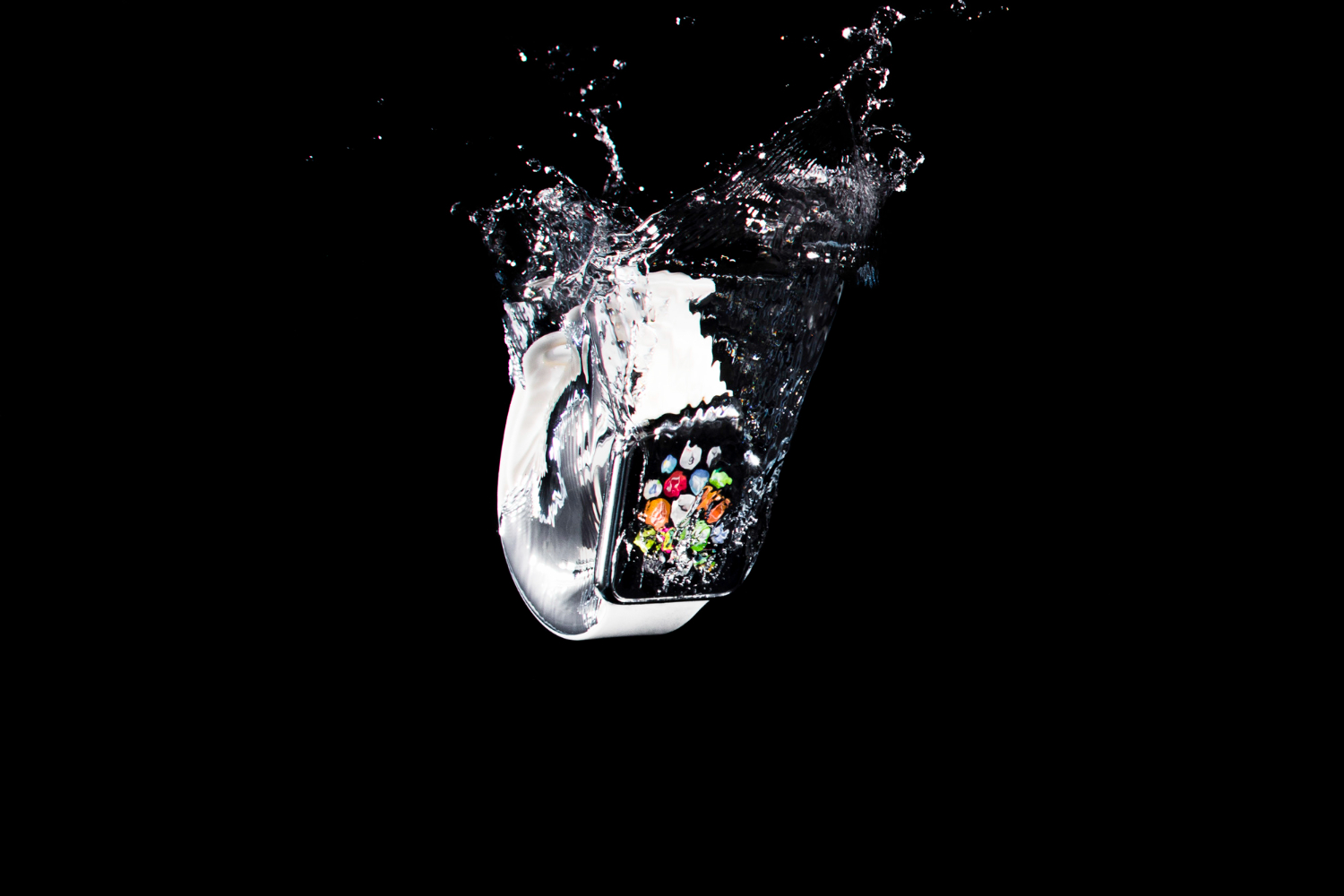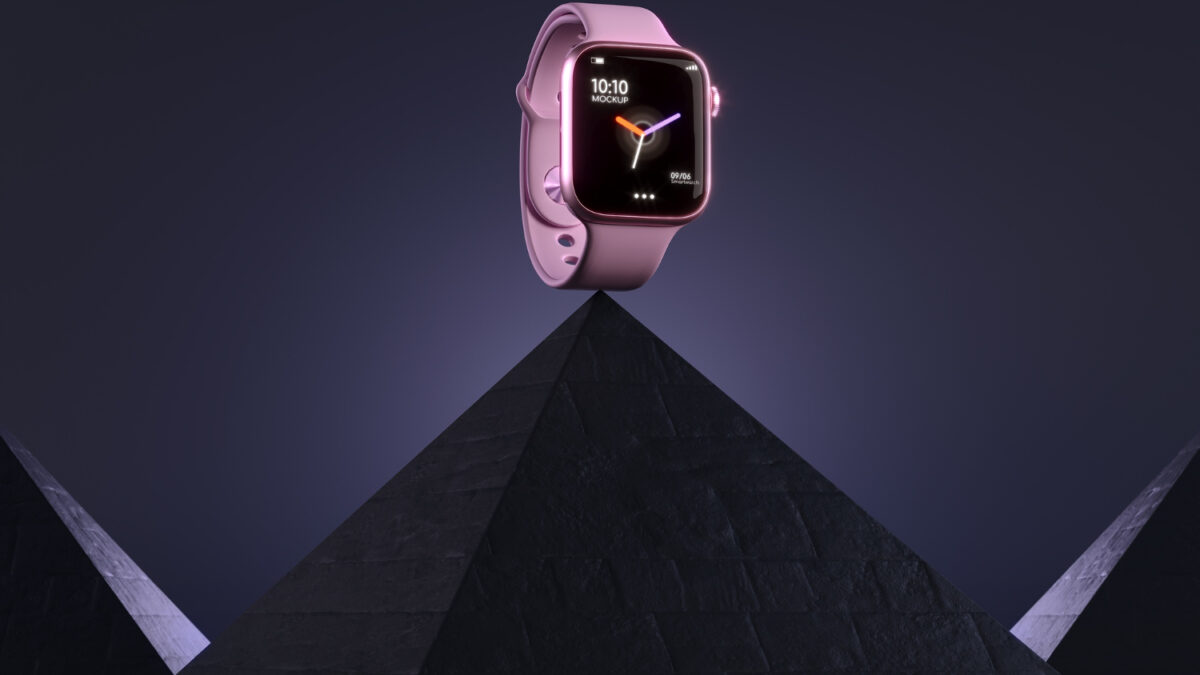Photography has always been a popular art form, allowing us to freeze moments and relive them through visual imagery. With the rise of social media and digital platforms, the demand for high-quality and captivating photographs has never been greater. One area of photography that has gained significant attention is watch photography. In this article, we will explore the intricacies of watch photography, the techniques involved, and how to capture the essence of time in every frame.
Watch Photography: A Mindful Craft
Watch photography is more than just capturing a time-keeping device in a picture. It requires a keen eye for detail and a deep understanding of the various elements that make a watch special. From the intricate mechanical movements to the exquisite design and craftsmanship, each watch has its own story waiting to be told.
Mastering the Basics: Lighting and Composition
A crucial aspect of watch photography is mastering lighting and composition. Proper lighting highlights the finest details of the watch, while composition creates an aesthetically pleasing frame. To achieve optimal lighting, consider using a softbox or diffuser to diffuse the light and create a soft, even glow. Avoid harsh shadows by using reflectors or bounce cards to fill in any unwanted shadows. Experiment with different lighting angles to highlight the watch’s features and create depth. In terms of composition, consider the rule of thirds. Divide your frame into thirds both horizontally and vertically, and place the main focal point of the watch at one of the intersecting points. This creates a balanced and visually appealing composition. Don’t be afraid to experiment with different angles and perspectives to capture unique shots that showcase the watch’s beauty.
Showcasing Details: Macro Photography
Macro photography allows you to capture the intricate details of a watch up close. It is a technique that requires precision and patience, as even the slightest movement can disrupt the focus. To achieve sharp and detailed macro shots, use a tripod to stabilize your camera and a remote shutter release or timer to minimize camera shake.
When shooting in macro, consider using a smaller aperture (higher f-number) to increase the depth of field and keep the entire watch in focus. Experiment with different focal lengths to find the sweet spot that captures the finest details while maintaining overall clarity.
The Power of Post-Processing: Editing and Enhancing
Post-processing plays a significant role in watch photography, allowing you to enhance the colors, contrast, and overall aesthetics of the image. Software such as Adobe Lightroom and Photoshop offer a range of tools to fine-tune your photographs. When editing watch photographs, pay attention to the color balance, ensuring accurate representation of the watch’s tone and materials. Adjust the exposure, contrast, and highlights to bring out the details while maintaining a natural look. Be mindful not to over-edit, as it can make the photograph appear unnatural and detract from the watch’s essence.
Cliik Studios has the expertise and passion to bring your vision to life. Their team of skilled photographers understands the importance of lighting, angles, and composition, ensuring that every shot is perfectly executed. From sleek and minimalistic designs to bold and intricate complications, Cliik Studios knows how to capture the essence and craftsmanship behind each timepiece. So if you’re in need of top-notch watch photography, Cliik Studios is the place to go for incredible results and a friendly experience.
Capturing the Essence: Creativity and Storytelling
Watch photography is not just about technical expertise; it is also an opportunity to unleash your creativity and tell a visual story. Consider the environment, props, and complementary elements that can enhance the watch’s narrative. For example, a vintage watch can be beautifully showcased alongside antique books or a vintage map, creating a captivating story of time and history.
Experiment with different backgrounds, textures, and perspectives to add depth and visual interest to your photographs. Incorporate elements that symbolize time, such as hourglasses or old pocket watches, to create a sense of nostalgia and evoke emotions.
Conclusion
Watch photography is an art form that requires a combination of technical skill and creative storytelling. By mastering the basics of lighting and composition, delving into the world of macro photography, harnessing the power of post-processing, and infusing your own creative flair, you can capture the essence of time in every frame.
So, why wait? Grab your camera, find a captivating watch, and embark on a journey to capture the beauty of time itself through watch photography.



